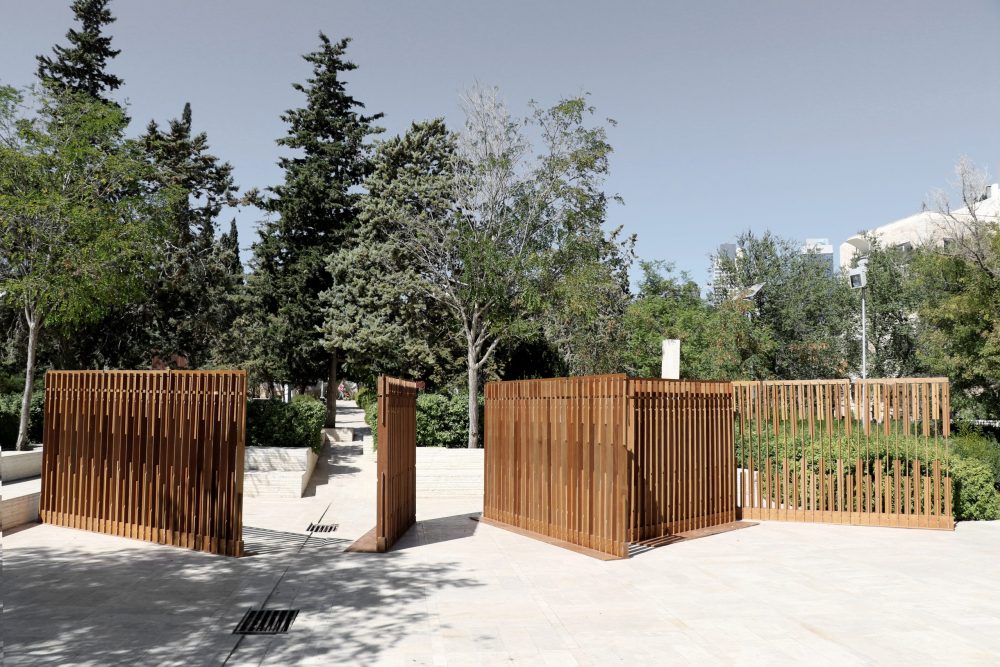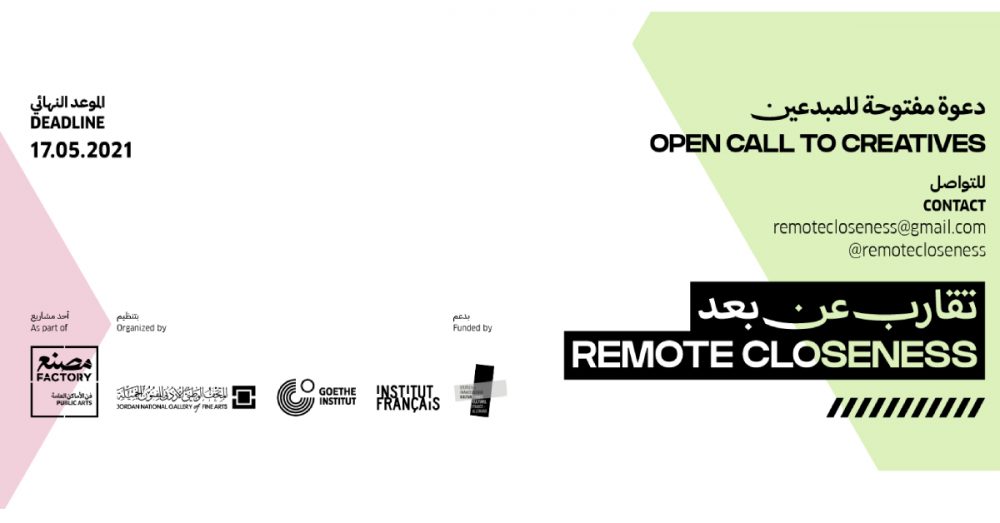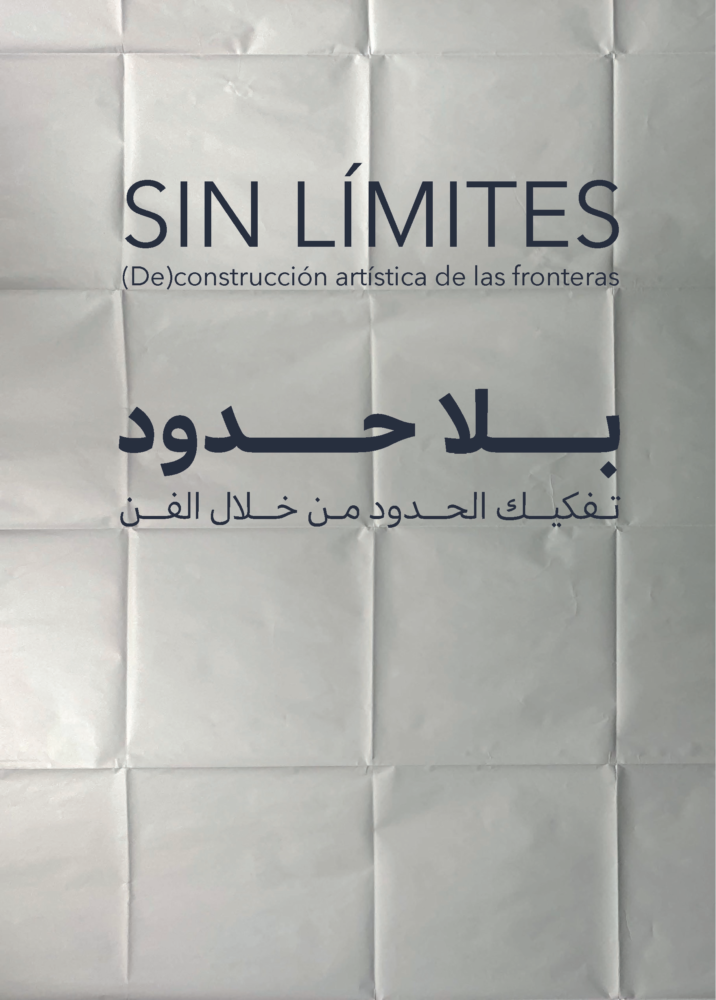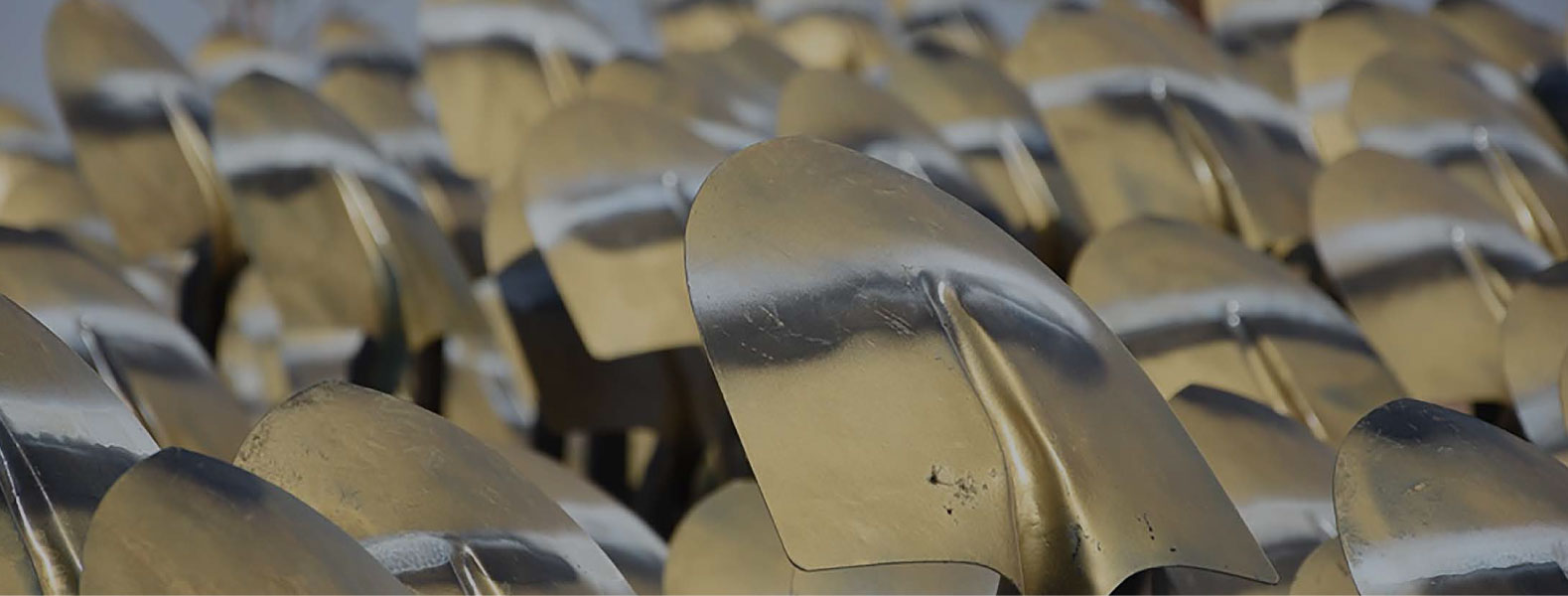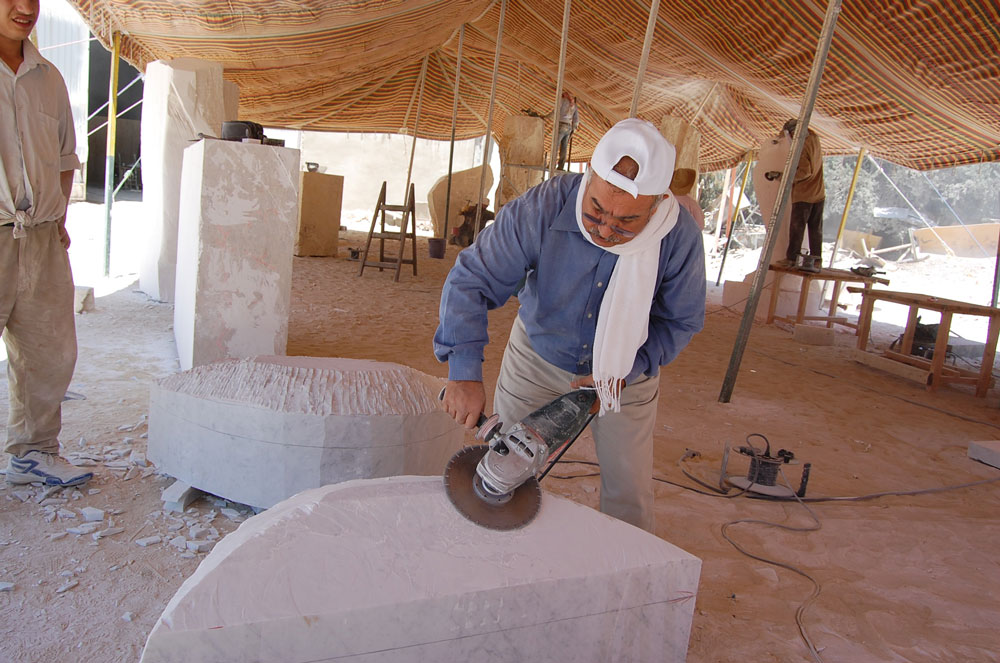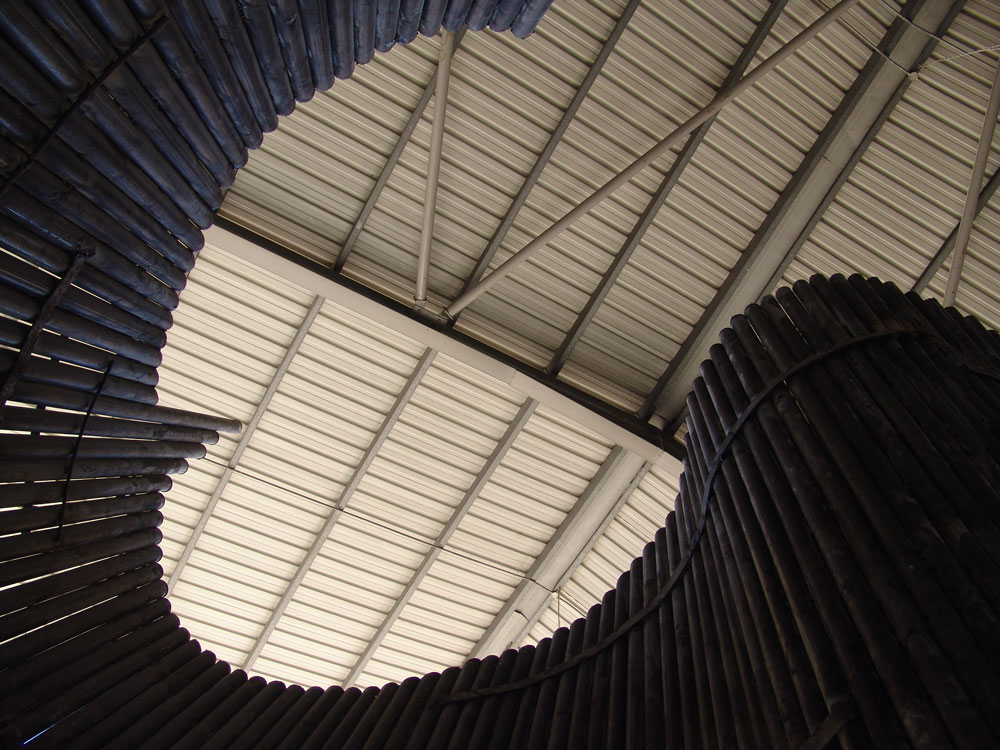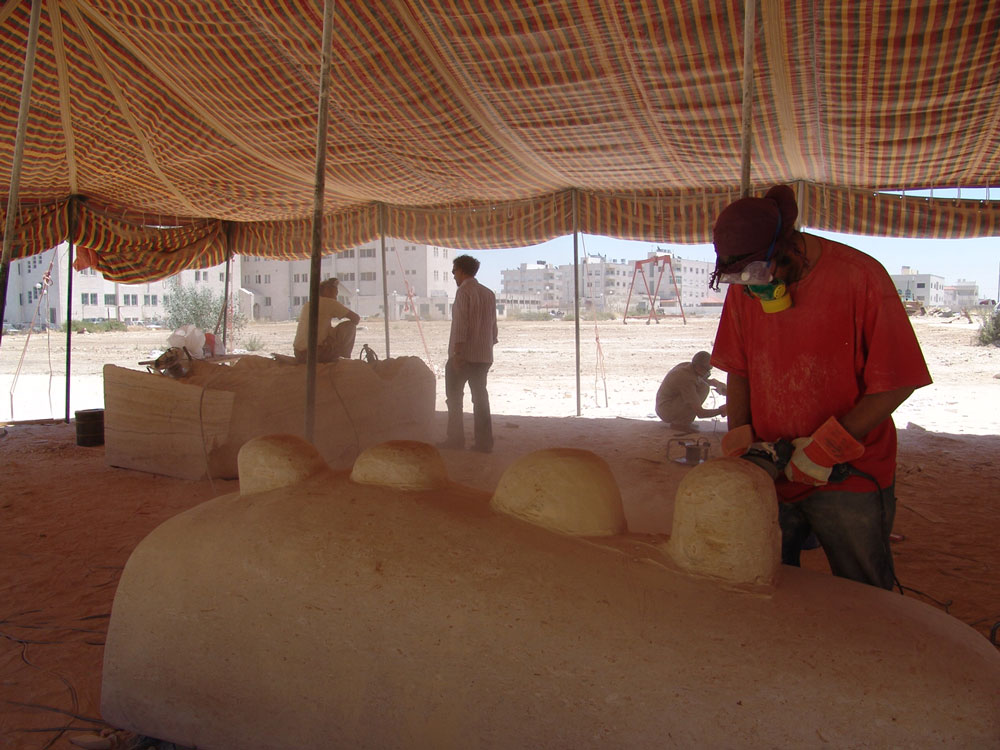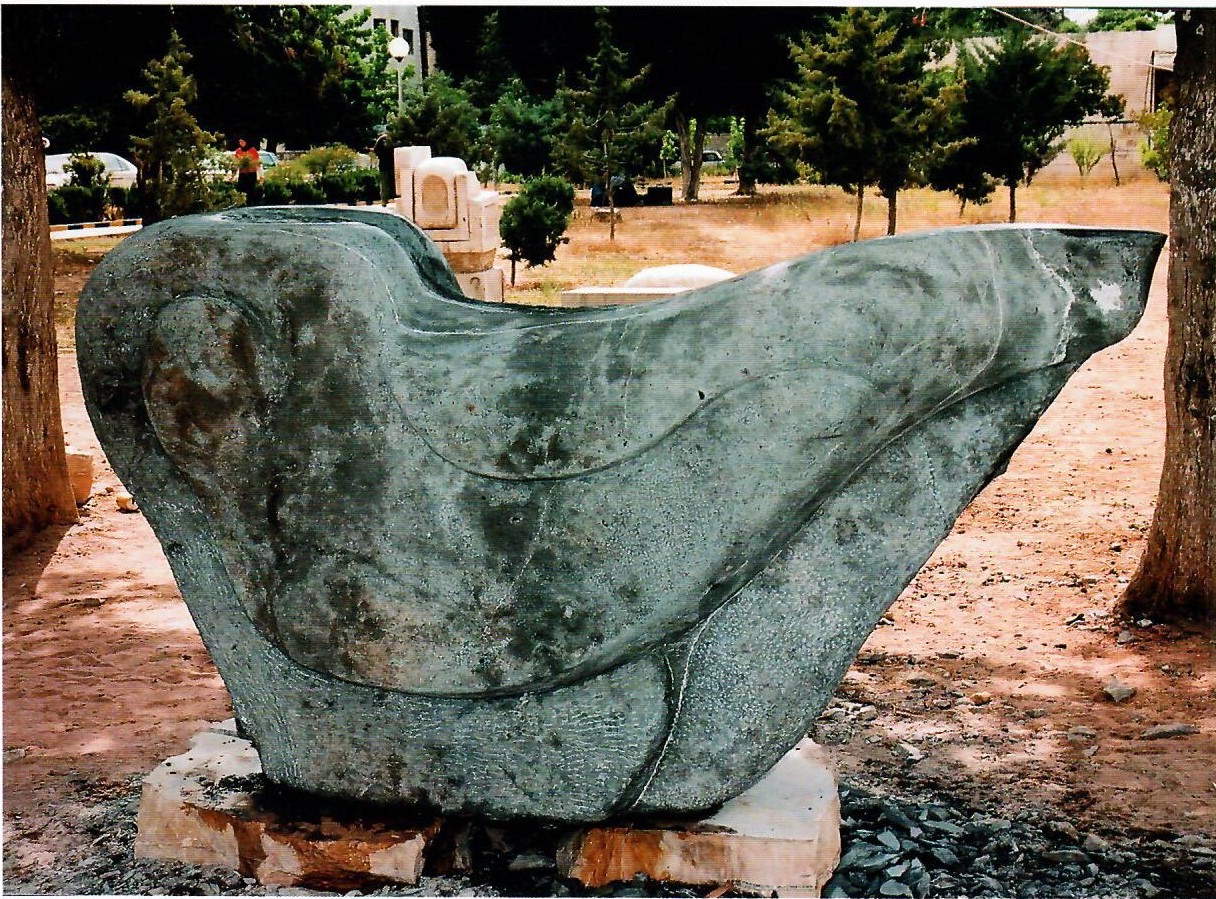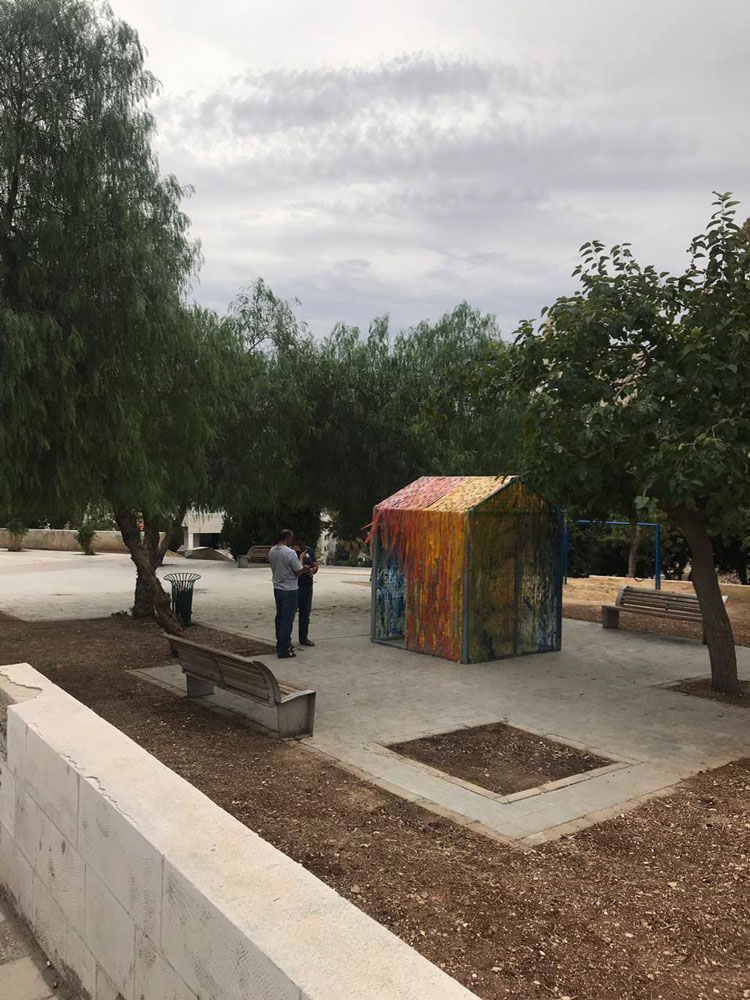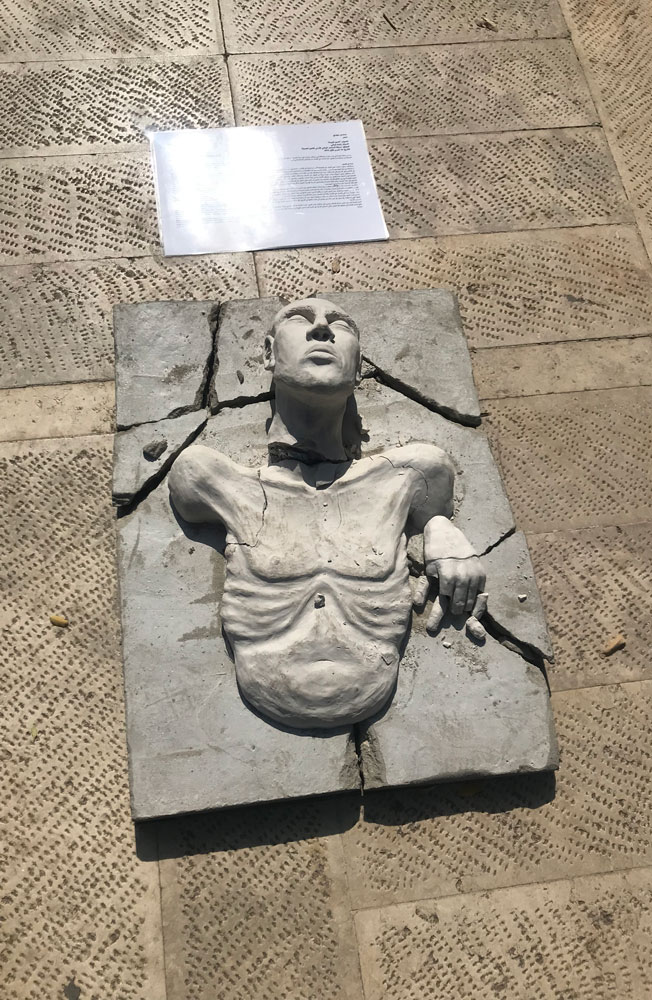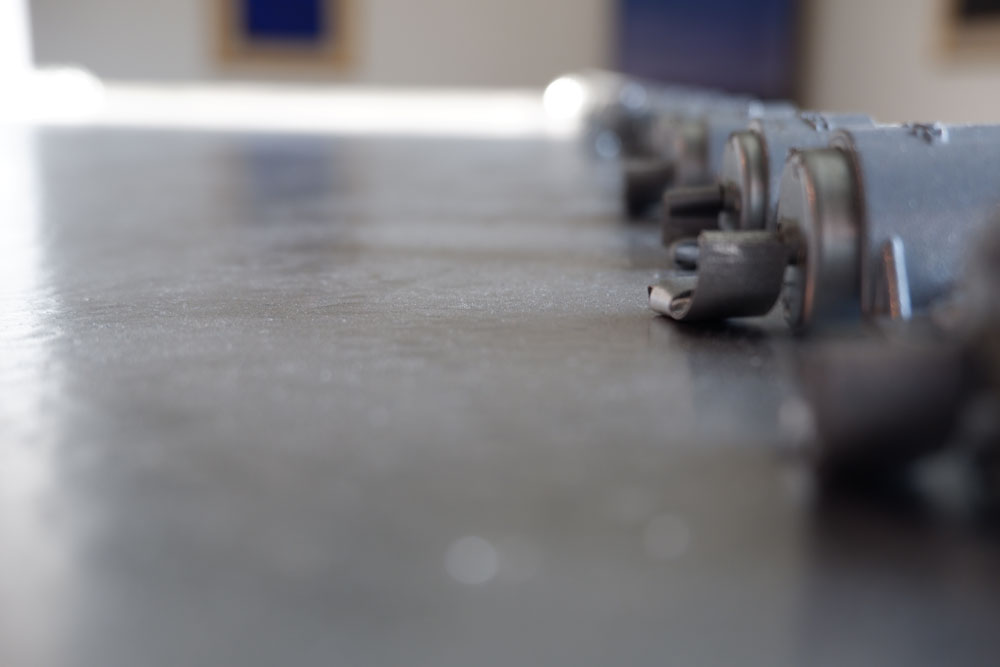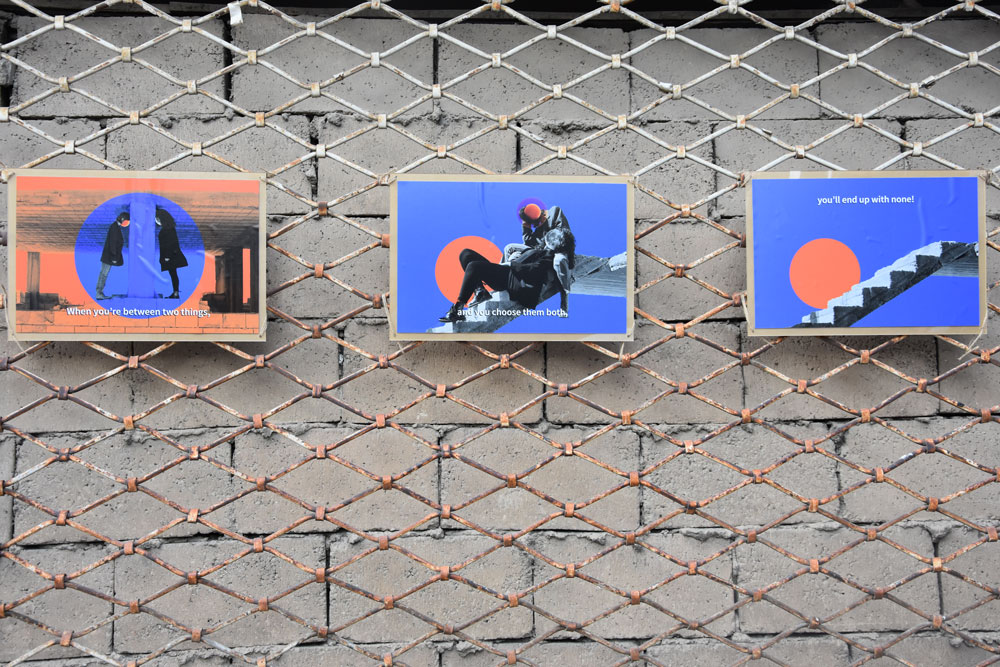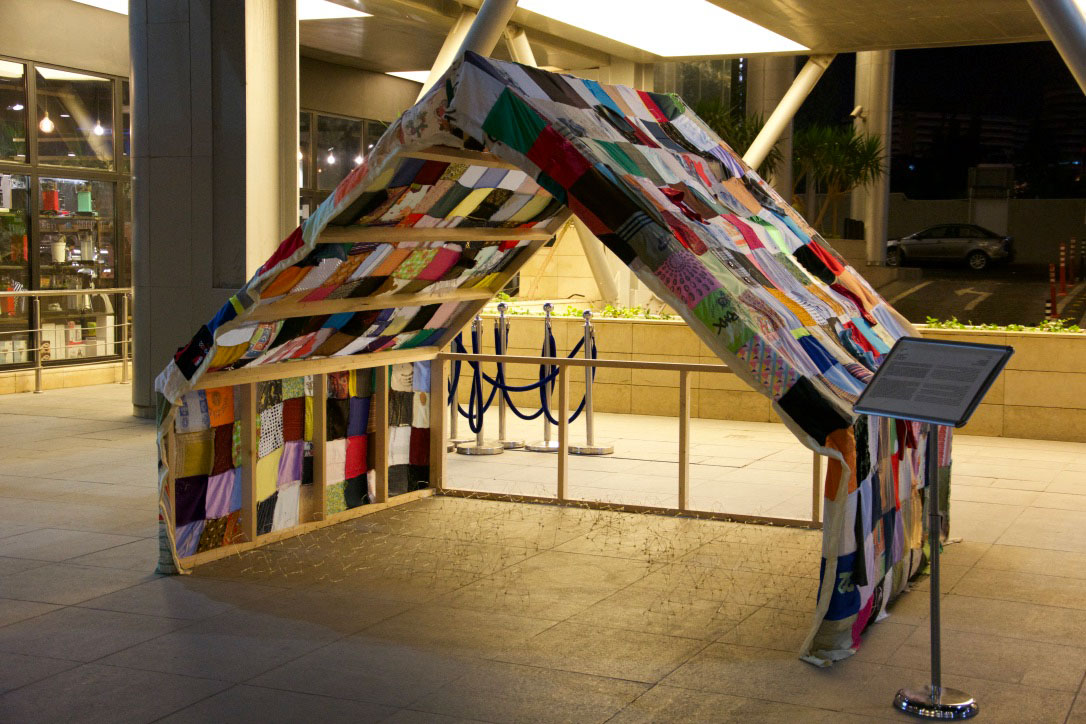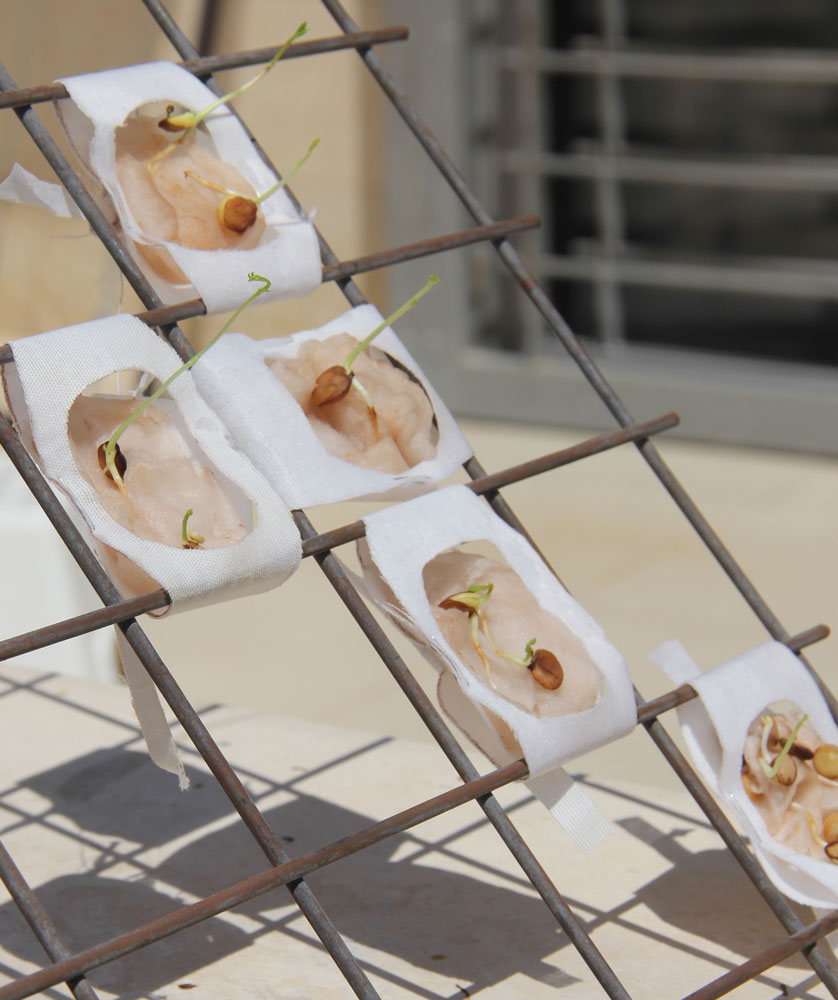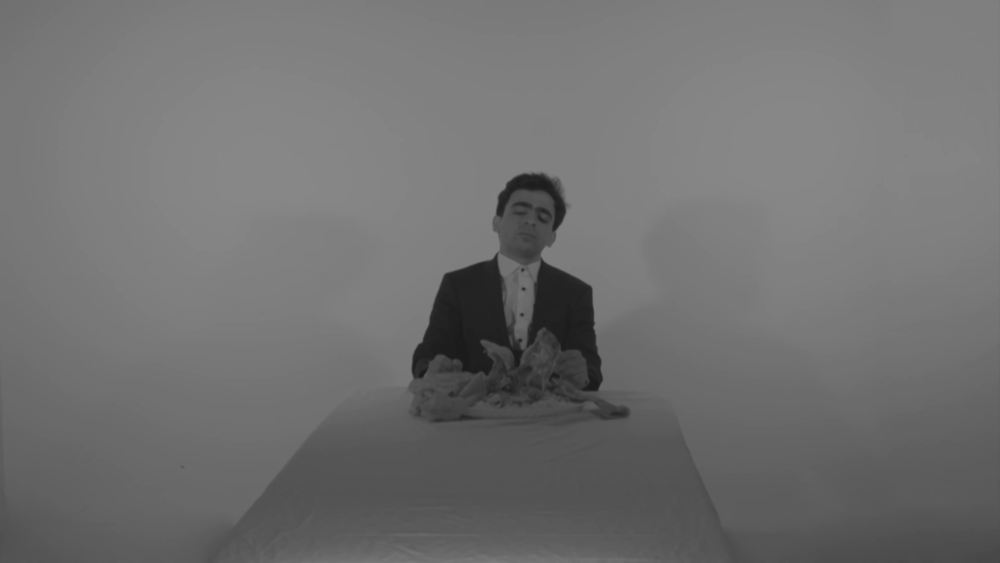The Lab of the Future* invites creatives from various artistic backgrounds (performing arts, music and audio productions, visual and fine arts, poetry, video, film, design) to submit artworks as well as ideas for innovative artistic productions for the Remote Closeness event. .With this event, we are welcoming creatives to develop new approaches to remotely connect to, and interact with, each other and the world.
The event will take place in Jordan in July 2021 as part of “Factory’s Public Art Program” and will consist of an online exhibition, a public program with talks and workshops, an interdisciplinary exhibition at the Jordan National Gallery of Fine Arts (JNGFA), along with art trails through different neighborhoods of selected Jordanian cities, where QR codes link to certain artworks exhibited within the event.
All forms of art are welcome, whether physical or digital. If selected, they will be featured in the online exhibition and accessed virtually by the public from different points of entry (by scanning QR codes distributed throughout the country, on the event’s official Instagram account, other social media). Hence, if you intend to produce a physical work or a performative piece, it needs to be realized in a way that is compatible with being displayed digitally (for example by using videos, photographs, recordings, etc.). Only a few selected works will be shown in the physical exhibition at the JNGFA.
Artworks may interpret Remote Closeness in different ways, whether in content or form:
//Tackle notions of isolation caused by the new pandemic restrictions.
//Research / address the concepts of physical and emotional distance / closeness.
//Find approaches to engage the audience despite the distance.
//Create participatory experiences that draw the audience to co-create.
//Utilize the digital realm to create bonds, beyond the barrier of the screen.
//Push the boundaries of ‘forbidden’ proximities.
//Propose novel ways to utilize online platforms to display art productions.
The idea is not only to make your work available through a virtual platform, but to somehow adapt your work to create a tangible connection with the audience. How can it be engaging? How can you elicit some sort of participation? Or maybe even co-creation?
Application requirements:
// Application is open to creative practitioners based in Jordan and beyond
// Applications should be submitted in English or Arabic
// Applications must be submitted by May 17th by completing the online application form.
In case you submit an idea for a new production and you are selected, your production should be delivered by July 3rd and submitted in a format that can be digitally displayed (high quality video, recordings, pictures)
Applicants will be notified by June 4th.
Event dates: July 21st – July 25th
Selection criteria:
The selection is based on curatorial decisions. The jury is composed of the team members of the Lab of the Future and representatives from the organizing institutions (the JNGFA, the Goethe-Institut in Jordan and the Institut Français de Jordanie). Criteria that will be considered in the selection process are:
Originality, innovation and creativity of the concept/idea for the production
Compatibility with digital exhibition formats, whether production is digital or physical
Relevance of the art work to the overall theme
A balanced representation of different artistic genres
Artist and Production Fees:
For new productions: 300-500 JOD (depending on the nature of the production)
Lending fees for existing art works to be showcased in the framework of the event: 150 JOD
In addition, there is a limited provision for extra production fees that may be needed in case of larger productions. It will be awarded following the selection process and based on the applications received.
Copyrights:
In case your artwork/your production is selected, the organizing institutes will claim shared copy-rights for non-commercial purposes in order to share and publish the productions in the framework of the event and online (details will be laid out in the contract with the selected artists).
* The Lab of the Future is an interdisciplinary cultural research and experimentation project with the purpose of exploring the future of art events in the age of the new normal. It is run by a group of nine cultural practitioners from various backgrounds in Jordan and organized and supported by Factory’s Public Art Program / the JNGFA, the Goethe-Institut in Jordan, the Institut Français de Jordanie and funded by the Franco-German Cultural Fund.




